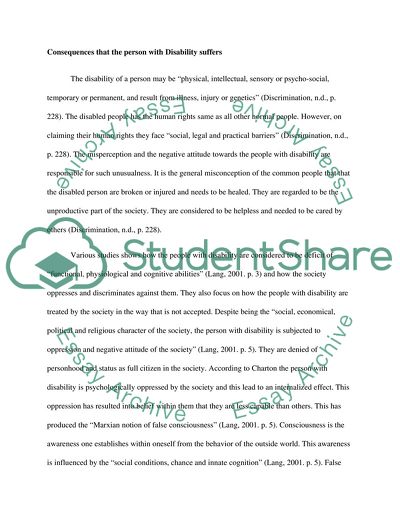Cite this document
(Foundations of Social Work Practice Research Paper, n.d.)
Foundations of Social Work Practice Research Paper. Retrieved from https://studentshare.org/social-science/1792921-foundations-of-social-work-practice
Foundations of Social Work Practice Research Paper. Retrieved from https://studentshare.org/social-science/1792921-foundations-of-social-work-practice
(Foundations of Social Work Practice Research Paper)
Foundations of Social Work Practice Research Paper. https://studentshare.org/social-science/1792921-foundations-of-social-work-practice.
Foundations of Social Work Practice Research Paper. https://studentshare.org/social-science/1792921-foundations-of-social-work-practice.
“Foundations of Social Work Practice Research Paper”, n.d. https://studentshare.org/social-science/1792921-foundations-of-social-work-practice.


